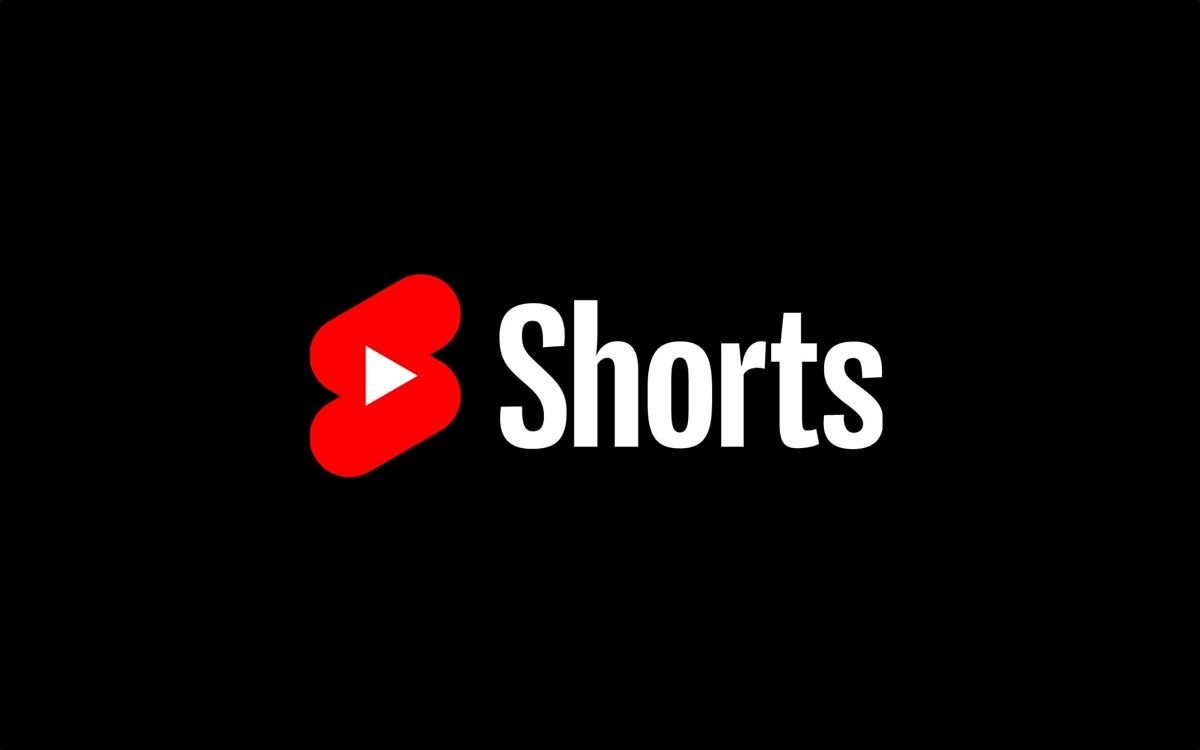YouTube introduced 'Shorts' back in 2020, as a new video format and viewing experience intended to directly compete with TikTok and Instagram Reels. However, Shorts are mostly only helpful for creators as a way to draw people to their regular YouTube videos, because Shorts can't generate ad revenue. That is now starting to change, as Google has started testing advertisements in Shorts.
The current test mainly involves ads for application installs
Google’s chief business officer Philipp Schindler told investors about the limited test on Tuesday, according to a report from Bloomberg. The current test mainly involves ads for application installs, but the company is also testing other ad formats. Schindler said on the call, "While it’s still early days, we’re encouraged by initial advertiser feedback and results." It's not clear if the current advertising test gives creators a share of revenue, like AdSense on traditional YouTube videos.
Even though Shorts first arrived in 2020, it didn't roll out to all creators in the United States until May of last year. This also isn't the first time Shorts have been potentially monetizable — the company has offered limited access fund programs for creators making Shorts, which paid up to $10,000 for the largest channels. TikTok offers a similar Creator Fund, which rewards popular creators in the U.S., UK, Germany, Italy, France, and Spain.
Google confirmed on the same call that YouTube Shorts now has 30 billion daily views, which sounds impressive, but it's worth resembling that most Shorts are only a few seconds long (with a maximum length of 60 seconds). You could easily watch a hundred Shorts within a few minutes, depending on what the almighty algorithm thinks you might want to watch.
No one has quite figured out the best way to monetize short-form videos in a way that also properly pays creators — the TikTok Creator Fund reportedly has much lower pay rates than someone could make from similar content on YouTube.
Source: Bloomberg

